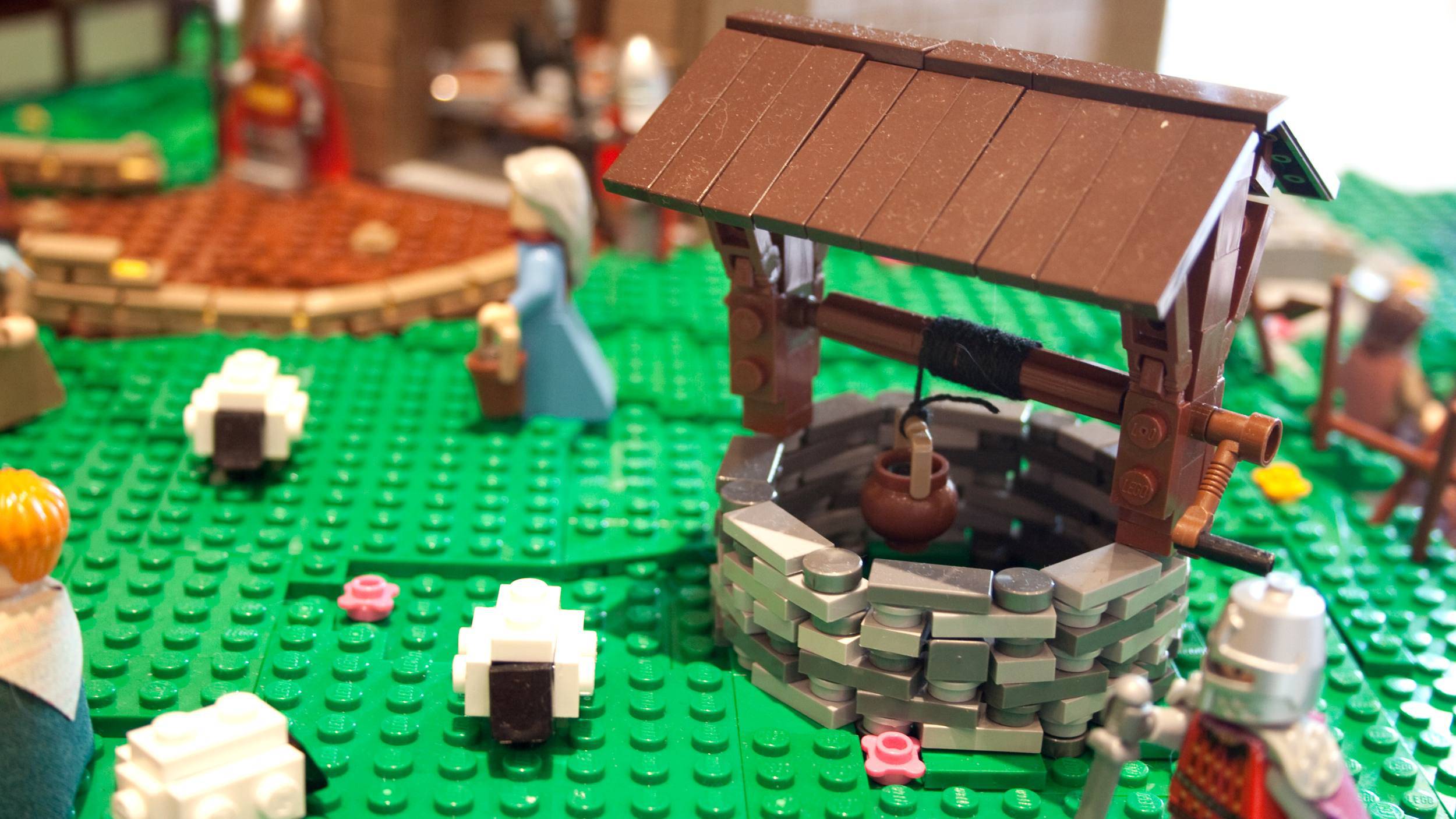Ideally you’re going to get a project and talk to the client and come up with a fixed list of things that you need to do for the project.
Sure, they almost always change a bit as you go, but that initial list is what you start with and what you base all your scope/project conversations off of.
What if you get a client that needs work done, but isn’t quite sure what the specifics are yet?
Vintage Products site
Long ago I built a product that was centered around vintage goods. The client knew that it was specific to their city (like a classifieds site) and that they wanted people to be able to upload photos from their phones to the site.
We had a design, but really that was it.
We didn’t have a bunch of wireframes to show how a user would interact with the photo up-loader.
We didn’t have the user accounts all decided on.
The client was aware that they didn’t have this stuff, but they worked things out while interacting with them so they wanted to go ahead with a first pass and refine as we went.
But of course they wanted some sort of estimate for the project.
Yeah I hear you, how on earth do you estimate that?
1 Break it up in to phases
The option I hear most is to break up the payment and work in to phases.
For the vintage site, we could have broken up the initial functional pass in to 1 phase and then once we had that spent time building out a change phase.
Once the changes are made we’d break out a 3rd phase for any new items that had come up.
A possible problem here is that items come up in phase 1 that were not accounted for, but really should be done in phase 1. Do we push it off to phase 2 or do we renegotiate on phase 1?
Keeping phases short (1 – 2 weeks) can mean that it doesn’t really matter.
How I bill now (weekly) also helps accommodate this scenario. We simply do what we can (even if things change) in a week and then we move on to the next week and the next tasks on the list.
But I didn’t bill weekly at the time so I took the 2nd route.
2 Change bucket
A change bucket is basically pre-paying for your time. The client pays 10k (to use a round number) and as changes happen you pull from the 10k that is on deposit.
Your client gets a report bi-weekly detailing the changes and the time and what’s left in the change bucket.
It’s great because you don’t have to wrangle scope into a fixed fee as things change and the client can see the money decrease.
My experience has been that when as a client sees the money get lower they start getting picky about what actually gets done. You’d think it would be the same as they pay you hourly and the total cost mounts.
But it isn’t.
When you have an unscopeable project try out a ‘change bucket’ style for your billing. It’s worked well for me to keep clients on track in the past.
photo credit: ltdemartinet cc
